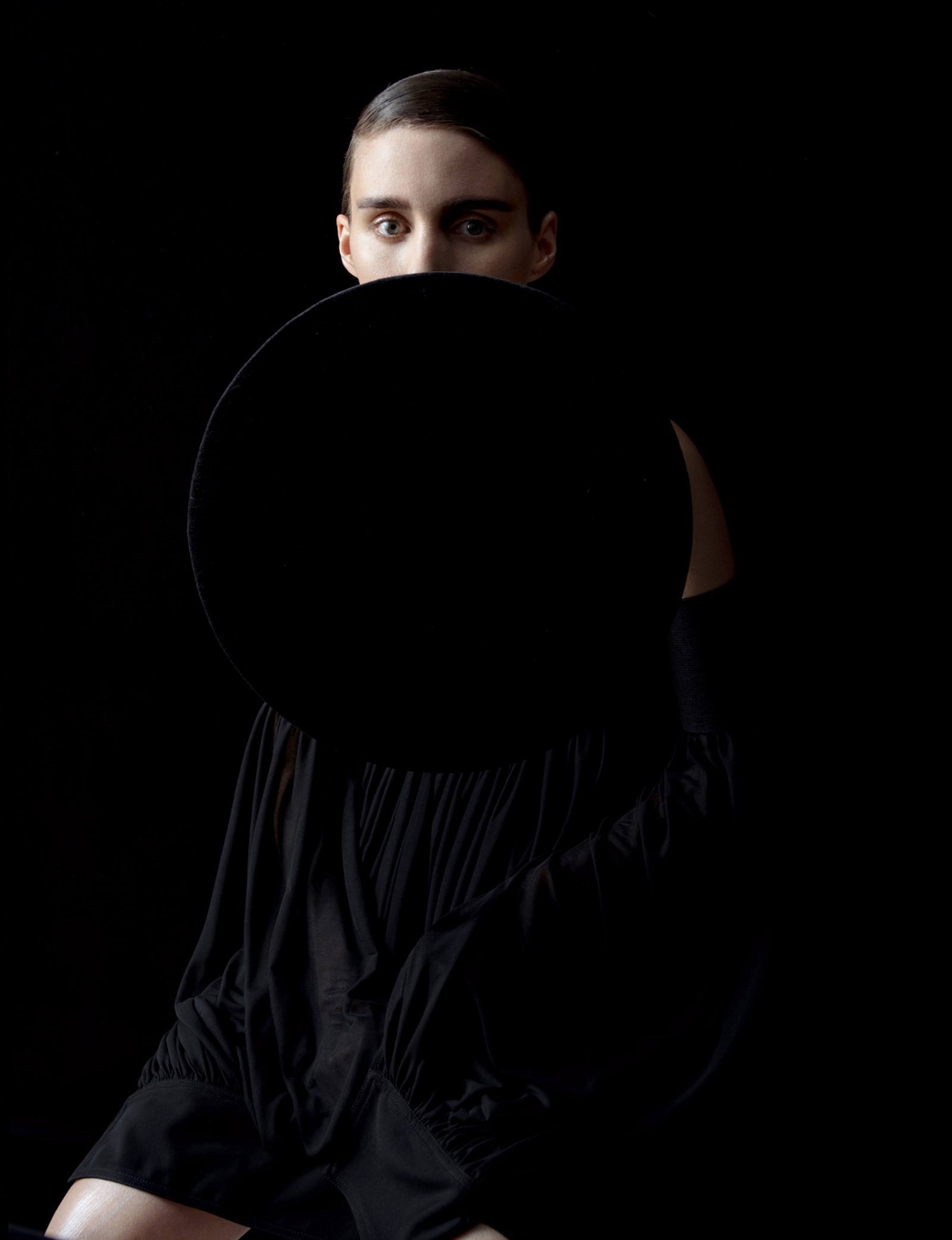Someone once said that asking an actor about the film they were in was like asking a stylus about the record it played. That someone was me, and it’s not as cruel a comment as it sounds. The stylus, after all, is a precisely polished diamond, designed for optimum toughness and sensitivity. A poor stylus will always deliver sound of poor quality. But even a flawless stylus will fail to get into the groove without a complex network of technology and talent to provide infrastructure and support.
It’s still quite a cruel comment though, because it’s so unfair. A stylus can’t choose what record it plays. But an actor can choose what role they play. Very good actors, if they’re very good at other things too, things that also assist in the building of an excellent career, are given the power to choose their roles with great courage and discernment. Rooney Mara is one such actor, and in her new film, Una, she’s made one such choice.
Mara’s decision to star in Una is not the result of a great script being recommended by a shrewd agent. It’s the result of a trip that Mara made to the theatre with her mother in 2007, before she’d ever even had a professional acting role. The Maras went to the theatre a lot, Mara being one of those kids who loved musical theatre and saw Rent “like, ten times or something”. She used to go and see classic movie screenings with her mother too: Gone With the Wind, Bringing Up Baby, The Philadelphia Story, and “a ton of Katharine Hepburn films”. On this occasion, Mara had no idea what play her mother had booked. It was an off-Broadway production of Blackbird.
Blackbird is a much-lauded two-hander by the Scottish playwright David Harrower, which premiered at the Edinburgh International Festival in 2005, winning Best New Play at the CATS (Critics Awards for Theatre in Scotland). The following year, a London production picked up the Laurence Olivier Award for Best New Play and Blackbird has since been produced all over the world, from Stockholm to South Korea. The most recent Broadway production, last year, starring Michelle Williams and Jeff Daniels, won three Tony awards.
So, Blackbird’s pretty highly rated. In evidence for the defence on the stylus claim, I can offer that when I asked Mara why the play was called Blackbird, she said, “I feel like I looked it up at some point and I did know at some point but now I can’t remember.” I don’t know either, as it happens, and anyway, having met Mara once, I’m utterly besotted by her, so I won’t be defending the stylus metaphor any further. I’ve met many styluses in my life and I’ve not felt this way towards any of them. Not even the first.
Our meeting took place in the library of the Soho Hotel in London, where I was asked to wait for her. Mara rarely gives interviews, and even as I sat in the room I wondered if this one would actually take place. When, at more or less the appointed time, a young assistant turned up looking apprehensive, I feared there might be a last-minute cancellation. It was fairly discombobulating when the young assistant, small and slight, casual in black trousers and a black leather jacket, opened her mouth to reveal that she was in fact the film star herself.
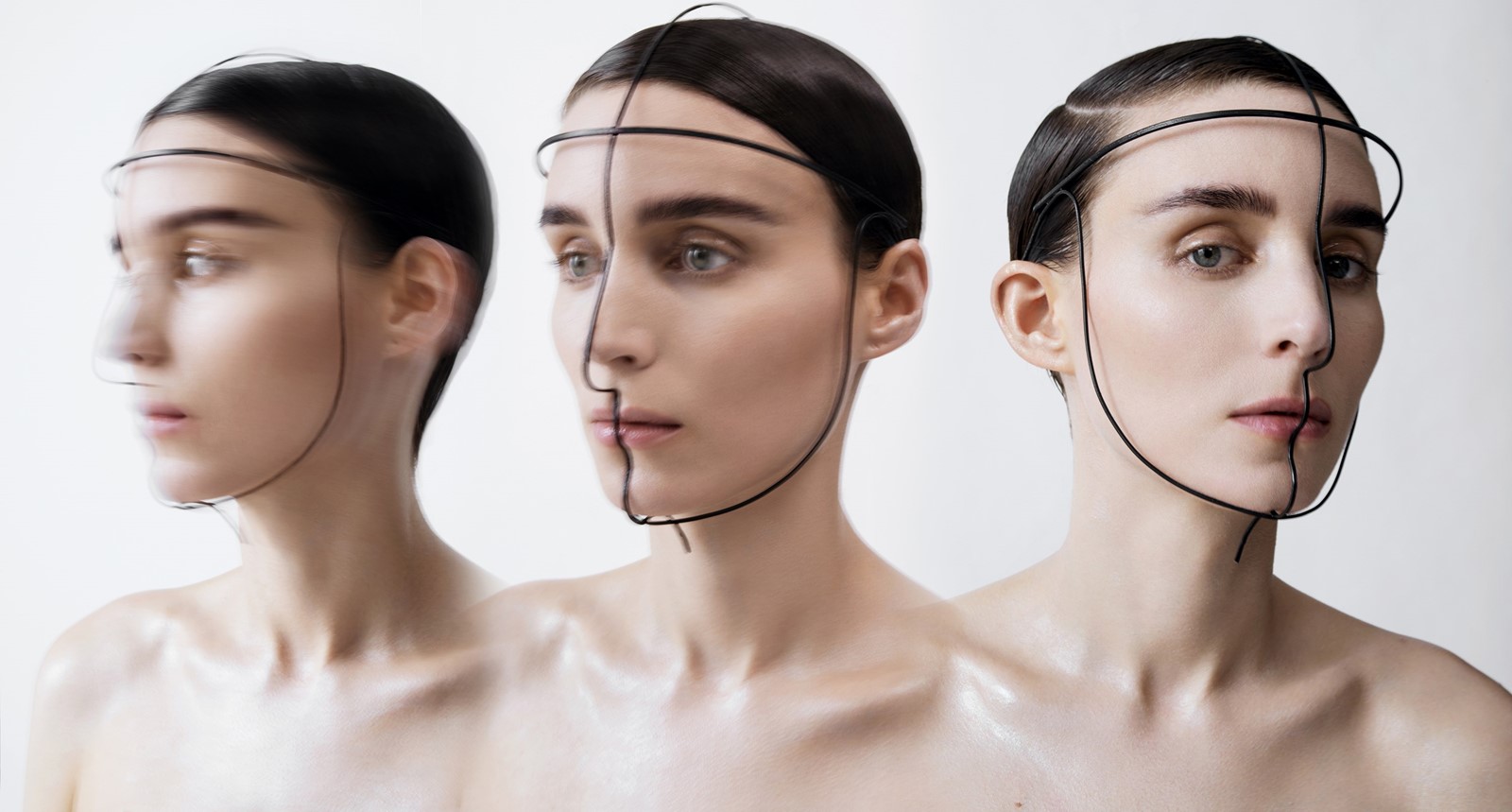
It had been silly to expect to recognise Mara. She’s an actor who always looks exactly like the character she’s playing. It’s reasonable not to connect Lisbeth Salander in David Fincher’s The Girl With the Dragon Tattoo to Therese Belivet in Todd Haynes’ Carol. They’re different sorts of women, living in different times. But Mara looks like Catherine in the Spike Jonze sci-fi movie Her, like Emily in the Steven Soderbergh psychological thriller Side Effects, like Erica in the Fincher biopic The Social Network and, no doubt, like the young Rose McNulty in The Secret Scripture – the Jim Sheridan “mawkish slog”, in the Guardian’s oft-repeated phrase. (Though since The Secret Scripture was universally decreed to be awful, I haven’t seen it.) Recently, watching Garth Davis’ Lion, I was plagued by a sense of familiarity in The Girlfriend, but couldn’t quite place her. D’oh!
Nor can I place exactly what it is that makes Mara such a shape-shifter when her beauty seems so distinctive. In the Soho Hotel, having been mesmerised as I watched Una the day before, I wouldn’t have been able to spot her in a line-up. Mara confirms that she can step out of her hotel into central London, going wherever she pleases, sure in the knowledge that nobody will give her a second glance. She does it all the time. She could easily be mistaken for an 18-year-old ingénue. She’s 32.
While Mara saw Blackbird ten years ago, the opportunity to make the film came much more recently. She was talking to her sister, Kate, also an actor, during the filming of Carol. Mara mentioned how much she’d liked Blackbird, and “Kate said, ‘Oh my God, my friend is doing it and he’s desperate to meet you,’ and I was, like, ‘Great!’ And I didn’t realise she meant a movie at that point, so then I met with Benedict here, while I was shooting another film and we made it, like, a year later.” Benedict being Benedict Andrews, an Australian theatre and opera director who lives in Iceland. Una is his first film.
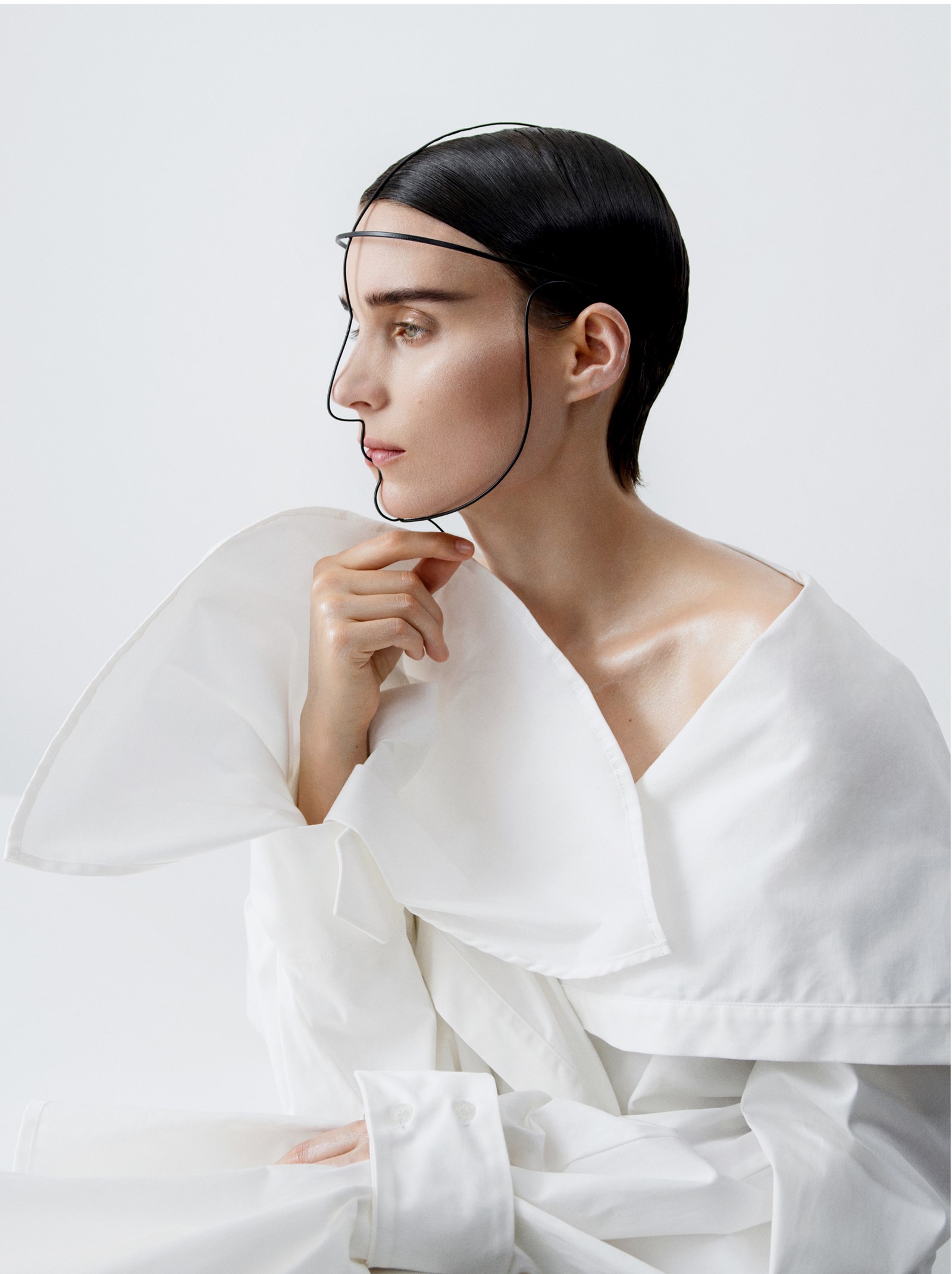
So, the role fell into Mara’s lap, guided there by a couple of family interventions, and the fact that the play had lingered in her mind for a long time. The latter isn’t that surprising. Blackbird is traumatic and emotionally intense, for the actors and audience alike. It invites the audience to think about their preconceptions about paedophilia – more accurately, their preconceptions about sex between adult men and underage but post-pubescent girls. If, like me, you’re happy to have seen the back of recent preconceptions – that very young women are “jailbait” or that schoolgirls make perfectly acceptable “groupies” – this is highly uncomfortable territory, of the kind Mara seems drawn to.
When I ask her about another of her upcoming starring roles, as Mary Magdalene, she seems reluctant to talk about it, but does admit that she was hooked from the start by “the story and the world and the message”. I ask her to tell me what those are.
“No.”
A little, tiny bit? When Mara starts, she can’t stop.
“We shot it in Sicily, and then other parts of Italy, and we would be outside all day, no bathrooms, in the middle of nowhere, and hills and mountains… There was nothing to hide behind. It was just you and nature and the other actors. It was really interesting and beautiful to work that way.
“I just knew [Davis and I] were going to work together again, so I ended up saying yes to Lion, and then a few months after we wrapped he emailed me and asked, ‘How do you feel about Mary Magdalene?’ And I wrote back, ‘Why? Fuck you!’” – Rooney Mara
“I’d worked with Garth [Davis] before, who I love. He’s such a special human being. We worked together on Lion – that was another small girlfriend part – so I read the script and thought, ‘It’s such a beautiful story but I still don’t want to do it because it’s not the kind of part I’d do.’ But I’d heard good things about Garth, and thought I’d love to talk to him, so we got on the phone and within ten seconds I said, ‘Okay, I’ll do it.’ There was something about him that I could feel was special, and within the first 30 seconds of our conversation he brought up Gena Rowlands and Cassavetes and A Woman Under the Influence,” she explains. “I just knew we were going to work together again, so I ended up saying yes to Lion, and then a few months after we wrapped he emailed me and asked, ‘How do you feel about Mary Magdalene?’ And I wrote back, ‘Why? Fuck you!’”
“He flew out to talk to me about it and I was really resistant. Then the second he said it, I was like, ‘Fuck you, because I know I’m going to do this but I don’t want to. Don’t make me do this.’ You know, I went to Catholic school, I grew up in a very...” she pauses to correct herself, “in a pretty religious family, so it was loaded for me and I didn’t really want to do a religious film. Then he said, ‘We’re not making a religious film. Do you think I would make a religious film?’ You know, Garth’s not a religious person but he’s one of the most spiritual people I’ve ever met. Because of the years of Catholic school I had a different idea of what it would be, but he spoke about it in such a way that I was fascinated with the story and the world and the message.
“It takes place over the span of a year, maybe. I mean, talk about feminism; I think it’s the most feminist movie I’ve done. What’s the first thing you think of when you hear the name Mary Magdalene? You think of a whore, right? She wasn’t a whore, which even I didn’t know, and I went to Catholic school, and I realised that’s the first thing I think of, too – a prostitute.”
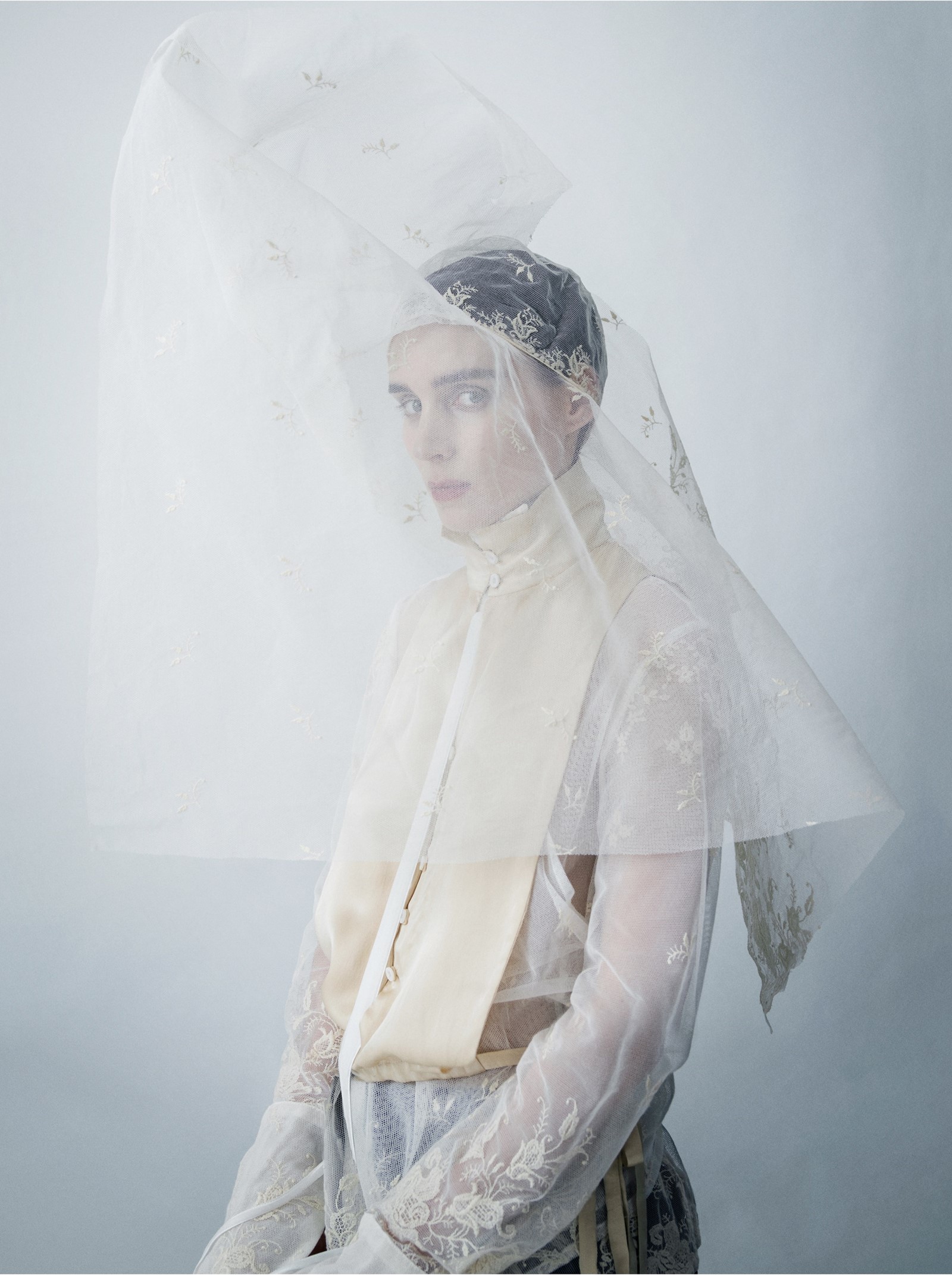
Well, there are only two ways of being a woman in the Catholic Church, and that’s virgin or whore.
“You said that, not me. But yes, it was just amazing; everyone I talk to says, ‘Oh, she was the prostitute.’ I’m like, ‘No! She was one of the apostles!’ She was the only female disciple, and she was chosen by him to be his witness. Yet in our society she’s known as the whore, and Peter and Paul and all the other disciples have churches dedicated to them all around the world, and Judas was there, but she was the only other one that was present. She risked her life to witness his death. So it’s just amazing to me that she’s ‘the whore’.”
It’s almost as if the Catholic Church is a bit patriarchal?
“Yes. But it’s not alone in that. Most of society is. And maybe that was what was attractive about the film challenging...”
Religious patriarchy?
“Yes. But that really didn’t hit me until we were shooting. It was the day of the presidential election. I really don’t want to talk about politics at all, no desire to. But it was the morning of the election and I was so excited, because there we were making this really feminist film, and then, you know…”
Trump.
“It was disheartening,” says Mara. “I remember we were on set that day and it was freezing cold and everyone was in disbelief… And maybe a few weeks before, something came out from the Catholic Church that women were never going to be allowed to be priests. Something like that. I was thinking, ‘Really?’ It was just amazing to me. I realised what a bubble I live in.”
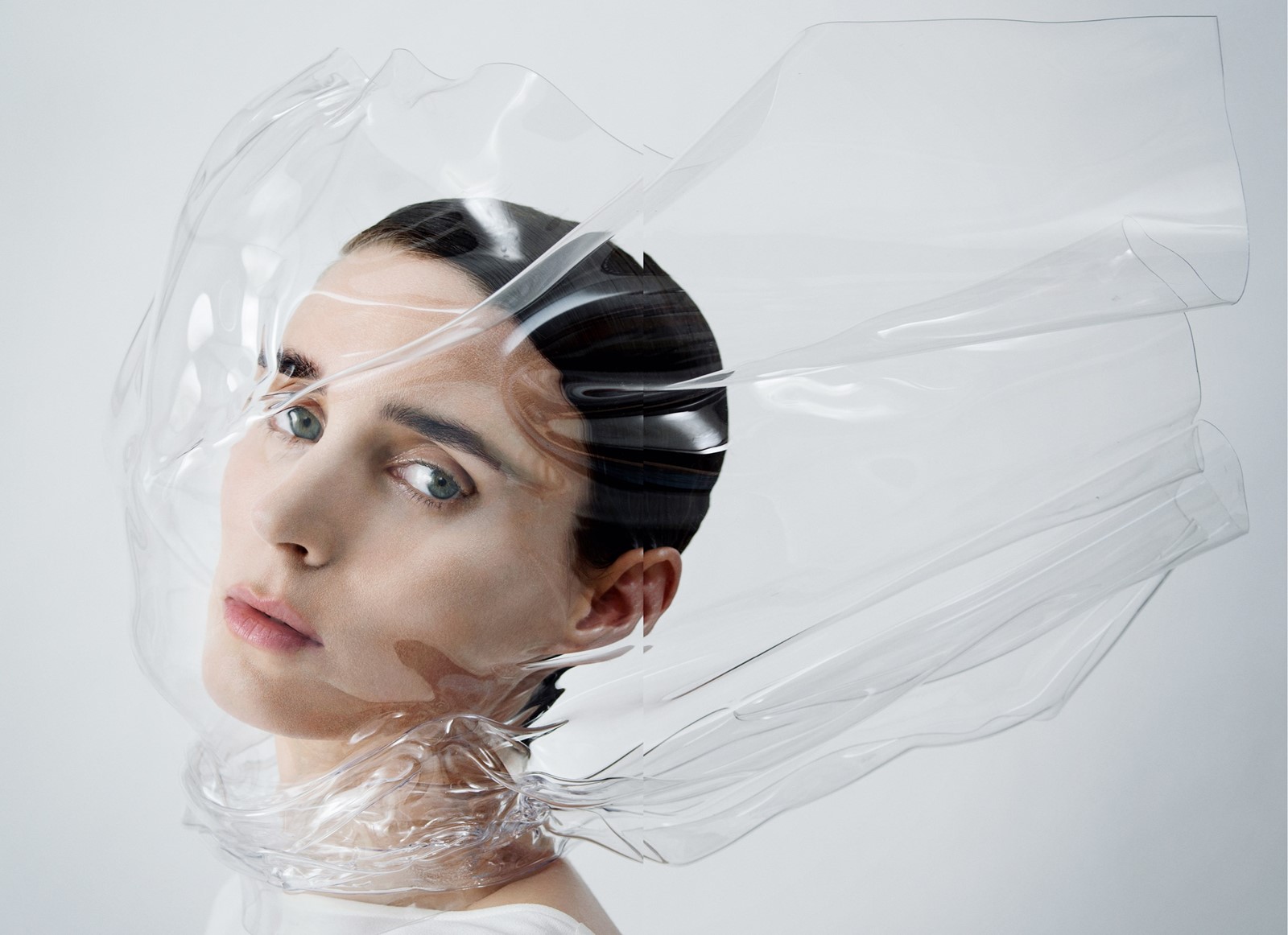
Yet Mara isn’t so deep in the bubble that she doesn’t even know it’s there, as is so often the case with the successful, rich or famous. She seems suffused with intelligence and sensitivity, which is all the more delightful as she doesn’t appear to be aware of this, let alone have any interest in advertising it. Mara isn’t cerebral. She says that she doesn’t read books very often: reading scripts makes it seem too much like work. She didn’t read any Patricia Highsmith while filming Carol, or find out anything about this fascinating American writer, whose compelling books – such as Strangers on a Train, The Talented Mr Ripley, The American Friend – have been adapted into such terrific films.
Mara didn’t get on with school, graduating early to finish her education with a bohemian set-up called The Travelling School. It was during those travels that she became involved with orphan children in Kibera, a slum district in Nairobi, Kenya. She founded a charity, Faces of Kibera, still does a lot of fund-raising and is president of the local foundation that runs the charity. Psychology is the only subject she’s studied that has really captivated her. She’s interested in humans, she says. That feeling for people, their vulnerability and their suffering, is what draws her to the roles she plays – Una being a perfect example.
Blackbird, Harrower’s play on which Una is based, drew inspiration from the story of Toby Studebaker, the former Marine who abducted a 12-year-old from Manchester that he’d groomed on the Internet, then took to mainland Europe and committed multiple statutory rapes against her. Studebaker was imprisoned in Britain for almost five years and again in America for the same crimes (and also for possession of child pornography) for ten more years. So 15 years, all in all.
“[Mary Magdalene] was the only female disciple – and she was chosen by him to be his witness. Yet in our society she’s known as the whore, and Peter and Paul and all the other disciples have churches dedicated to them all around the world […] She risked her life to witness his death” – Rooney Mara
But this was only Harrower’s starting point. In Blackbird, the child is 12 but the abductor, Ray, isn’t a former Marine, nor is he American, and his attempt to take the child out of Britain fails. There is no Internet grooming and no child pornography. It’s a very different story.
Ray does, however, have intercourse with Una – in a bed and breakfast in Dover, as the two try to abscond to Europe. He does go to prison. But by the time Harrower’s story starts, 15 years have passed since the abduction and an adult Una confronts a 50-year-old Ray, who is married, working as a manager in a warehouse and going by the name of Peter Trevelyan. In the film, which Harrower adapted from his play, Una is 13. It’s the psychological effect on the child, and what it has made her as an adult, that is the focus of the story.
It’s perfectly clear from the start who is the victim and who is the predator, and that all these years later Una is still living with the trauma of an awful, radically exploitative crime. When we first meet her, she’s having a knee trembler in a nightclub with a stranger, before going home to her mother’s house. She is psychologically stuck, unable to move on with her life, and can only briefly forget her past through sex. She is traumatised by an illegal and abusive relationship. It’s simple enough to comprehend. Which is why I’m stopped in my tracks when Mara starts explaining why she was attracted to the part.
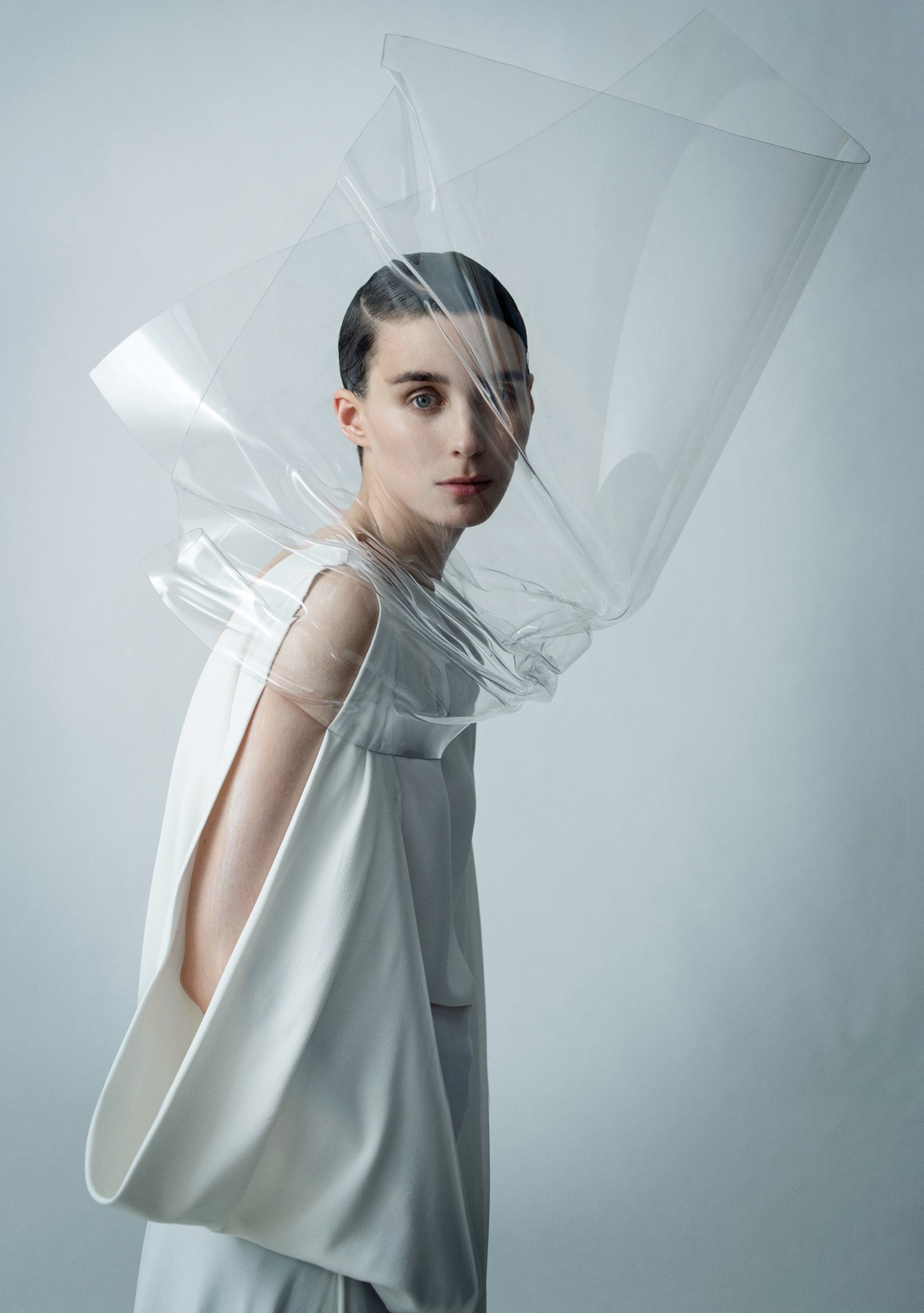
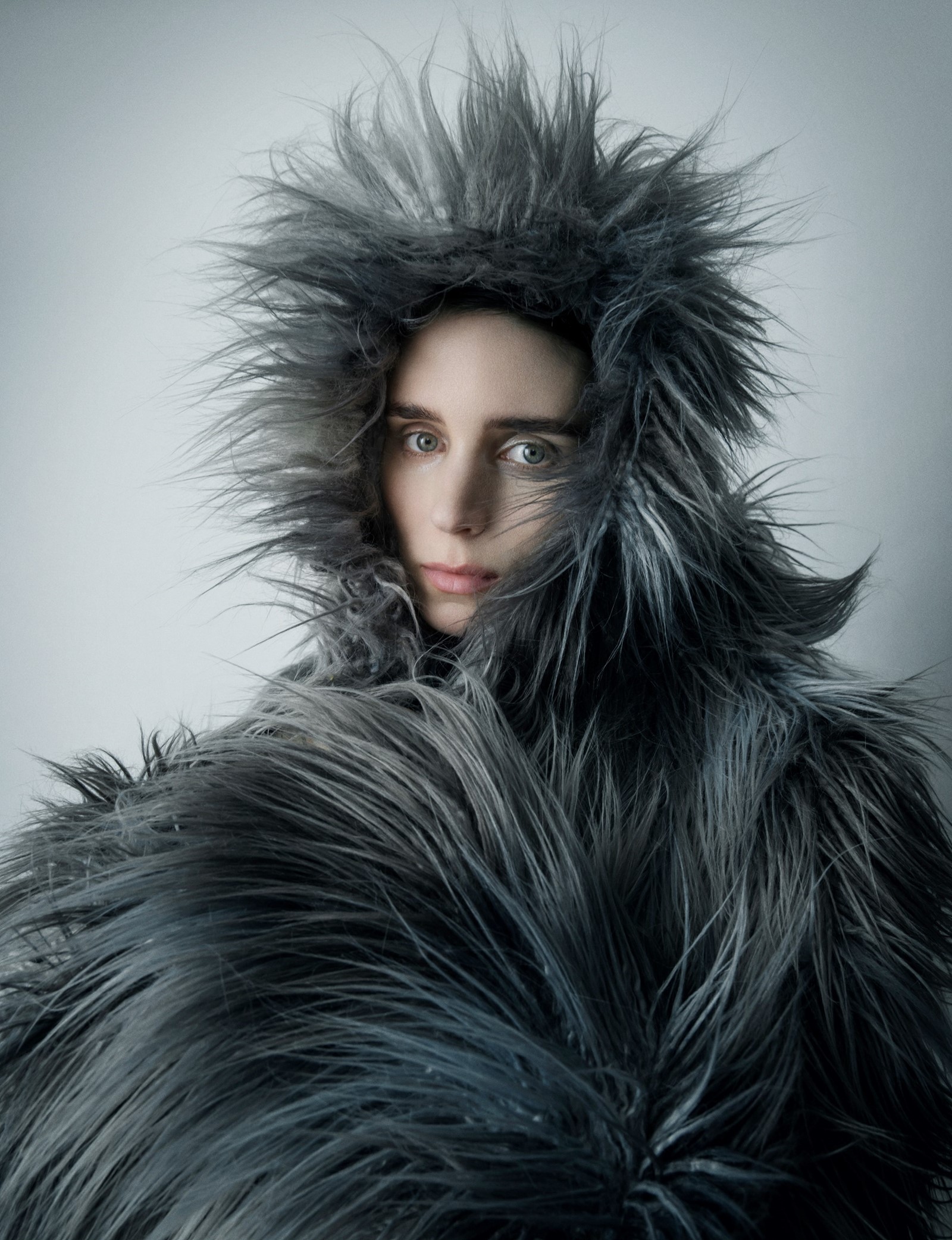
“I was just so drawn to the character, Una, and obviously how complex it all was and how it made me feel. I was just blown away. I couldn’t believe how conflicted I felt. There was a part of me that wanted them to be together.”
You want her to have a happy ending?
“Yes, not necessarily a happy ending, but I guess the romantic in me was like… I think a lot of people feel that way when they see it; they feel conflicted. They want them to be together but they know that’s wrong. I felt the same way that Una does. Part of her wants it to be this romantic thing, and another part of her thinks, ‘Wait, there’s something about this that’s unfair…’ So I felt very conflicted when I saw it. And I thought that was really interesting. Normally these things are so black and white.”
I suggest to Mara that it was pretty black and white, and that adult people shouldn’t ever start sexual relationships with minors. She isn’t quite having it.
“I think that Una has spent her entire life since the day that they lost each other being told that, so she has to believe it. But I think there’s always been a part of her that isn’t sure, that feels, ‘No, this was different, this was love.’ So that’s why she goes back there. To see. I think it’s been hammered in her head so much that it wasn’t what she thought it was, but she isn’t sure.”
It should probably be made clear that Mara doesn’t mean “they lost each other” in a romantic sense. The two literally lose each other in Dover, which is what leads to Ray’s arrest. Una never sees Ray again until the moment she tracks him down to his workplace, after seeing a photograph of him in a trade magazine. She gives evidence at his trial via video link.
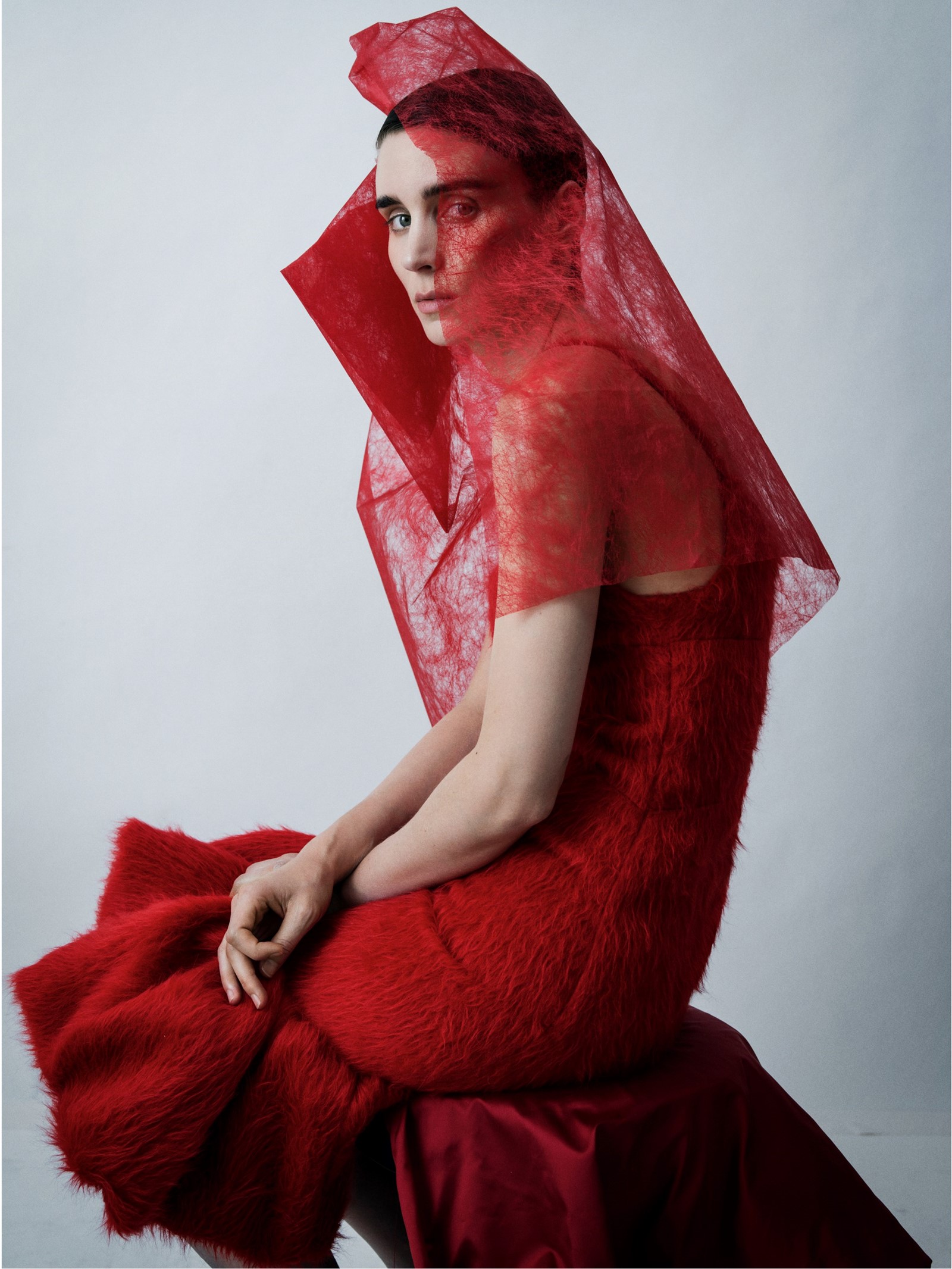
Yet, while it’s evident that Una at 28 is a person who has been hugely damaged by her three-month “affair” with Ray and its aftermath, there’s a creepy undertow to the narrative that implies that the legal and social furore was perhaps more damaging than the crime committed against her. Mara’s right. There’s a suggestion that Una might have fared better, psychologically, if she’d been allowed to believe that the affair had been legitimate.
In a series of confirmations and moments of connection we learn that Ray considered 13-year-old Una to be “wise beyond her years” and eager to be adult. Ray, in turn, is clearly emotionally immature and narcissistic. He wants Una to think well of him, even as he tries to stop her from wrecking the new life he complains it’s been so hard for him to build. Ray goes to great lengths to argue that he was not and is not a paedophile (some would argue in strict correctness that no relationship with a post-pubescent child of any age is paedophilia) and that he was in love with Una, and only her. Una means “the only one”.
Mara is not really that concerned about whether Ray is telling the truth or being manipulative, telling Una what she needs to hear so that he can get rid of her – which he is clearly desperate to do. For Mara, it’s all about her character getting what she needs. I ask her if she thinks that Una is sure about what happened between her and Ray by the end of the film. Does she convince herself that this man didn’t mean her any harm, despite the harm that he did?
“I don’t know if she’s certain. I think she’s certain that she can walk away from it and that she’s got some sort of closure. But I don’t know. Is there ever a time in life where you’re sure about something? There’s always doubt. At least when it comes to something as complex as that. Do you ever really know what someone else is feeling?”
“I definitely think the duality of vulnerability and toughness is something I’m drawn to because that could define me quite nicely. So maybe there’s some sort of pattern” – Rooney Mara
But there could have been much more certainty in the story. What if Una had found out that there had been other girls? She certainly discovers that Ray is capable of lying in a convincing way, because she catches him out in a number of self-preserving lies as the film goes on. Ray tells her, for example, that he and his wife have no children. It turns out, however, that there’s a step-daughter, Amy, around Una’s age at the time of the abuse. Mara refers to the scene when Una and Amy meet, at a party at Ray’s house that she’s gatecrashed.
“You know what? I just feel like in that bedroom in one of the last scenes, where the little girl walks in and she looks at her, it’s almost like she’s looking at herself, and the little girl asks, ‘What’s your name?’ And you’ve never heard her name the entire movie, and she says it and it’s almost as if… I feel like there’s this moment of, ‘Oh my God. I’m an entire person, this is just one part of me, it doesn’t define me.’ And she’s let it define her entire life, and I feel like there’s a moment in that bedroom where she realises that it doesn’t have to. And so there’s no closure in that but there’s at least some sort of hope for a different kind of life and different kind of future.”
This is profoundly true. Una saves herself by confronting her past, even though Ray remains as selfish and unreliable as he has clearly always been. It’s not true in detail though. Una’s name is used several times during the film. This, however, is the only time that she uses her name herself, although she does complain to Ray that he had the chance for a new start and a new name while she didn’t. But in the emotional significance of the scene, I think Mara is right. The scene suggests that Una recognises herself, realises that she’s tough as well as vulnerable and that she can survive. She takes back control of herself from Ray. Which, perhaps, is the best possible outcome for Una.
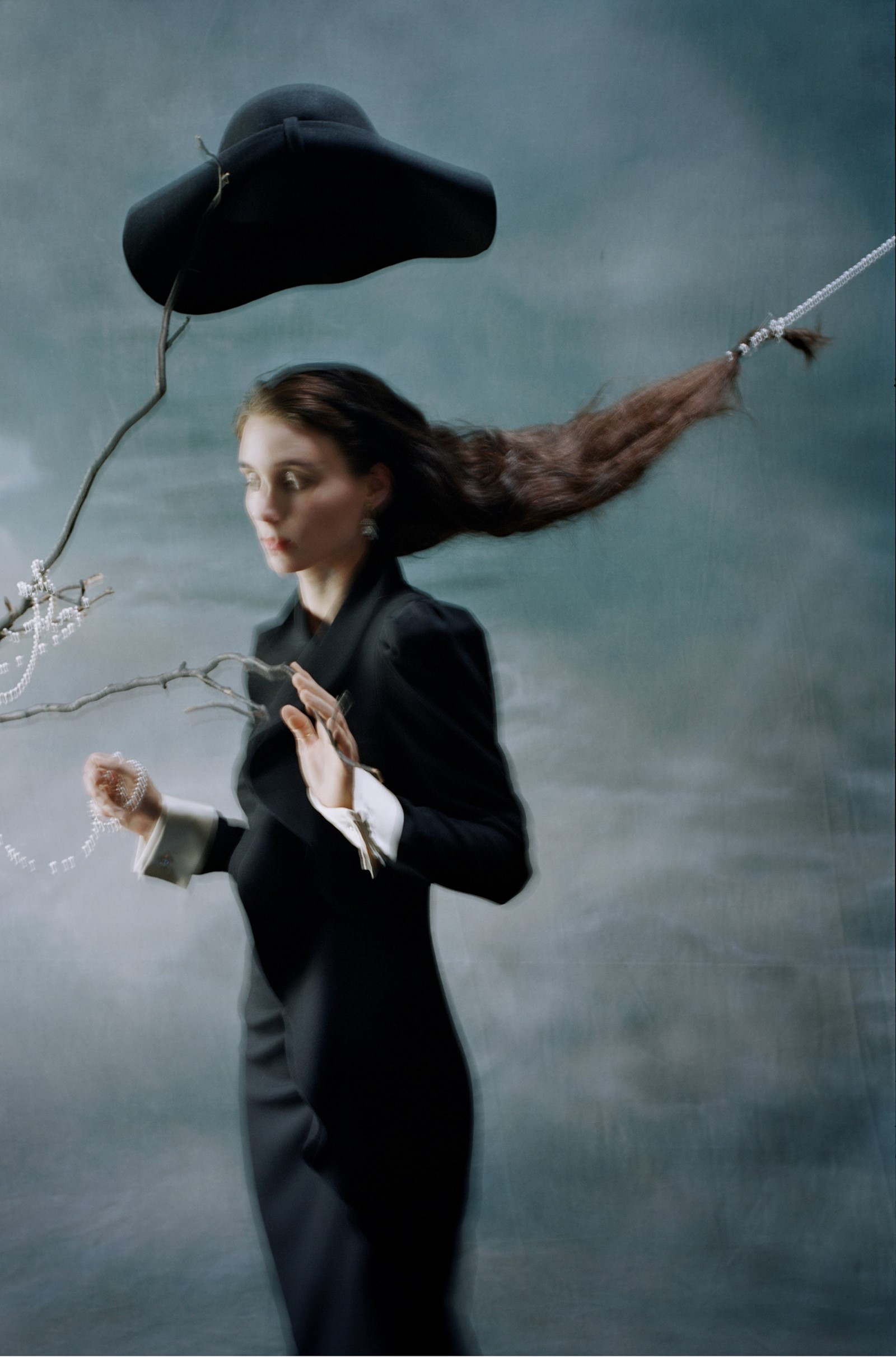
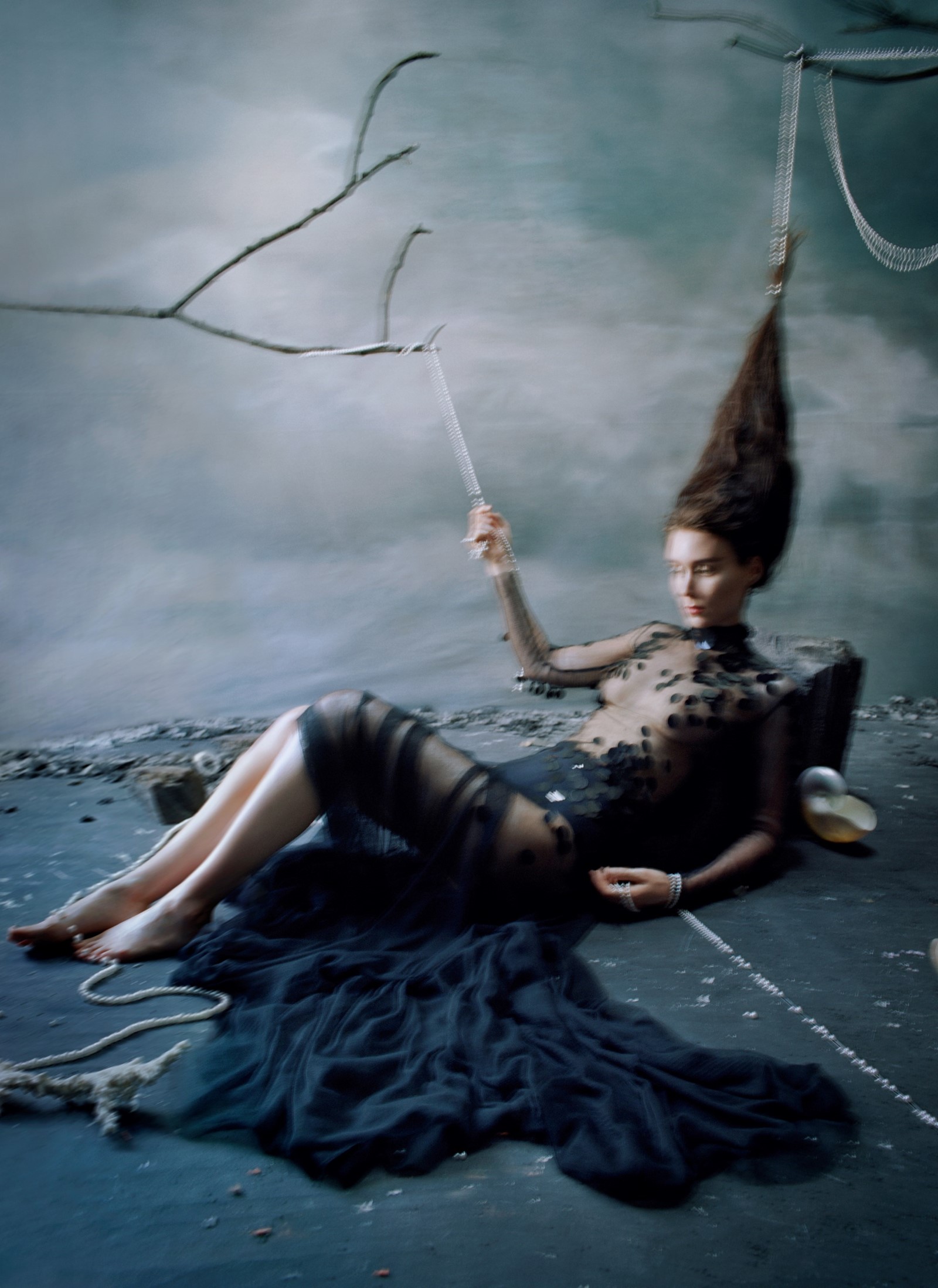
It may have been the combination of toughness and vulnerability that attracted Mara to the role. I have a feeling that she might have made herself quite vulnerable by starring in a film with such controversial subject matter, and that toughness will see her through any anger or criticism.
Tough but vulnerable is certainly a combination that defines many of the characters Mara plays. To me, a quintessential Mara role is one of her looking tough but vulnerable (or vulnerable but tough), against an institutional wall of emulsioned breeze-block. There are no breeze-blocks in Mary Magdalene, but there is a backdrop of harsh emptiness. “Emulsioned breeze-block” does not describe every film Mara’s in – though it suits Una to a T – but there are recurring themes of warehouses, buildings without character, perfidious technology. Generally, she seems to pick challenging, contemporary themes.
“I definitely think the duality of vulnerability and toughness is something I’m drawn to because that could define me quite nicely. So maybe there’s some sort of pattern. I don’t go looking for those things but I’m drawn to them. I think a lot of actors are constantly unconsciously playing out that thing in themselves that they’re trying to figure out.”
Characters that tell the emotional truth about themselves?
“Yes, and even when you think, ‘Oh, I really like to do things that are different, I don’t like to do the same thing’, I’m sure that that thread is in all the things that I’ve done. And that’s probably just something that’s in me that I’m not even conscious of.”
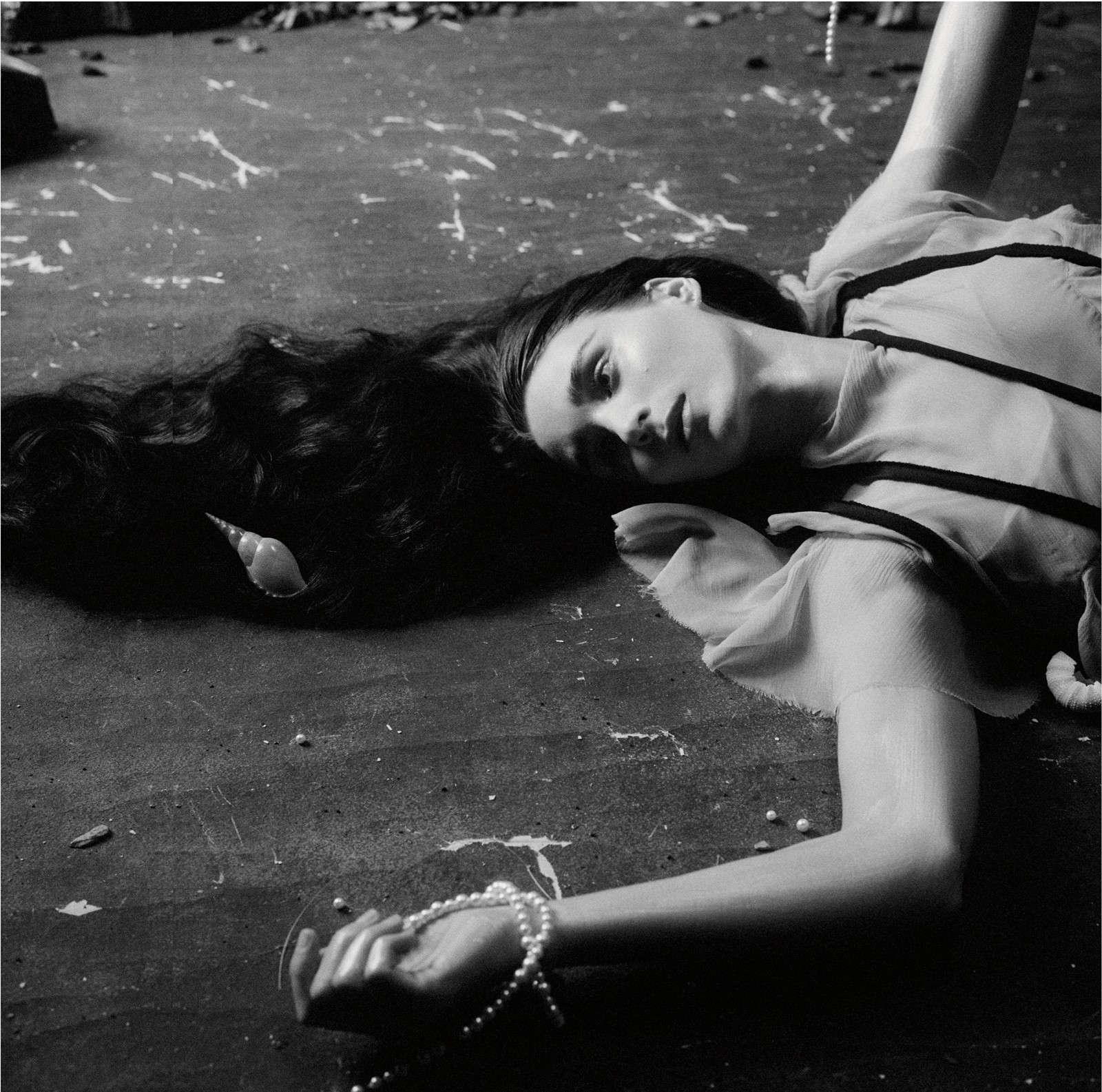
Mara’s first starring role was as Lisbeth Salander in The Girl With the Dragon Tattoo – a character who seems to be the absolute archetype of toughness and vulnerability. She is also not terribly recognisable as Rooney Mara. Partly, that’s the cyberpunk hair and make-up. But I think it’s also an indication of the kind of actor Mara is. Many actors – really, really, great actors – always put in a fantastic performance and are always very much the character they are playing and also always themselves as well. In a way, that’s what star quality is: the ability to be someone else while the audience never forgets that you are also you.
Mara doesn’t have that, or doesn’t have it yet. There’s no ego in her performances at all. So, Salander was a particularly handy one to land as a first big starring role. She showed that she could carry a movie, in her own low-profile way. For her pains, she was nominated for a Golden Globe and an Academy Award for best leading actress. She won neither, but still. She definitely raised her flag up the pole.
“It was great. It was such a gift to play someone like that as my big foray into this world, because it did leave me as this sort of question mark. And it was great that people didn’t recognise me. People still don’t recognise me, it’s amazing. I mean, every once in a while, but very rarely. I can’t imagine what life would be like if I didn’t get to just walk around the streets by myself. I don’t think I would like life very much if that was the case.”
“Sex in anything should be just like any other scene. I never do anything for the camera. It’s my job to pretend the camera’s not there. I’m never moving for the camera… I don’t want to be a sex symbol, but I also don’t want to be considered, like, unsexy, if you know what I mean?” – Rooney Mara
Nevertheless, Mara doesn’t have a clever strategy for resisting stardom while being successful as an actress. She just does the things she likes the look of, and doesn’t do the things she doesn’t. Recently, she’s liked the look of a lot of scripts. This year, five. As well as the release of Mary Magdalene, we can look forward to Charlie McDowell’s The Discovery, David Lowery’s A Ghost Story, Terrence Malick’s Song to Song, and Gus Van Sant’s Don’t Worry, He Won’t Get Far on Foot.
In 2016, there were four: Una, Lion, The Secret Scripture, and the voices of Karasu and Washi – The Sisters – in Travis Knight’s animation, Kubo and the Two Strings. I always imagine actors voicing these animations in their pyjamas, maybe with some food stains, chugging down beers between takes. Disappointingly, Mara reveals, they do their parts alone in a studio. Unless they just didn’t invite her to the sleepover, of course. Nine films is a lot in two years. Maybe the strategy is world domination? Mara laughs.
“There isn’t really a strategy. I just think, ‘No, I don’t want to spend three months doing that’ or whatever. I’ve made mistakes; I’ve done jobs that I didn’t enjoy or that maybe I shouldn’t have, but you tend to learn more from those jobs than from anything else.”

Mara’s coy about her most controversial role so far. She was criticised for playing Tiger Lily, a Native American, in Joe Wright’s Pan. Her own family’s heritage is as post-Settler as you can get. The Maras are Northern Irish-German-French Canadian. They’re an American football family, her father’s forebears having founded the New York Giants and her mother’s the Pittsburgh Steelers. Mara’s gone on record to say she deeply regretted taking the role of Tiger Lily, for which she was accused of donning redface. The suggestion of an error on her part, or the studio’s, got her into more trouble. It all still rankles a bit.
“What really pisses me off… I think it’s a female thing. There’s such an expectation for actresses to be in one of two camps. You can either be shy and very polite and well-spoken or you can be the crass, brassy, cool girl who drinks and eats pizza. You know what I mean. It’s one or the other. And I don’t fit into either of those. But women are expected to be grateful all the time. So I had a bad experience and talked about it – that doesn’t mean I’m ungrateful. I’m super-grateful for the experience. Anyone who has a job is going to have experiences that they didn’t like or that weren’t what they wanted or what they expected. That’s okay. You know, not every job you do is going to be fucking great. Whoever said that? That’s not reality.
“I’ve done jobs where I thought, ‘I don’t want to be that kind of actor; I don’t want to work on something with people who don’t have the same kind of goal as I do.’ With one actor on a film I worked on, we would watch Cassavetes films every night while we were making the film and it was so fun. It’s really helpful when you do something you don’t like. You won’t make that mistake again. It’s like dating a bunch of people who are wrong for you – you learn so much more about yourself that way.”
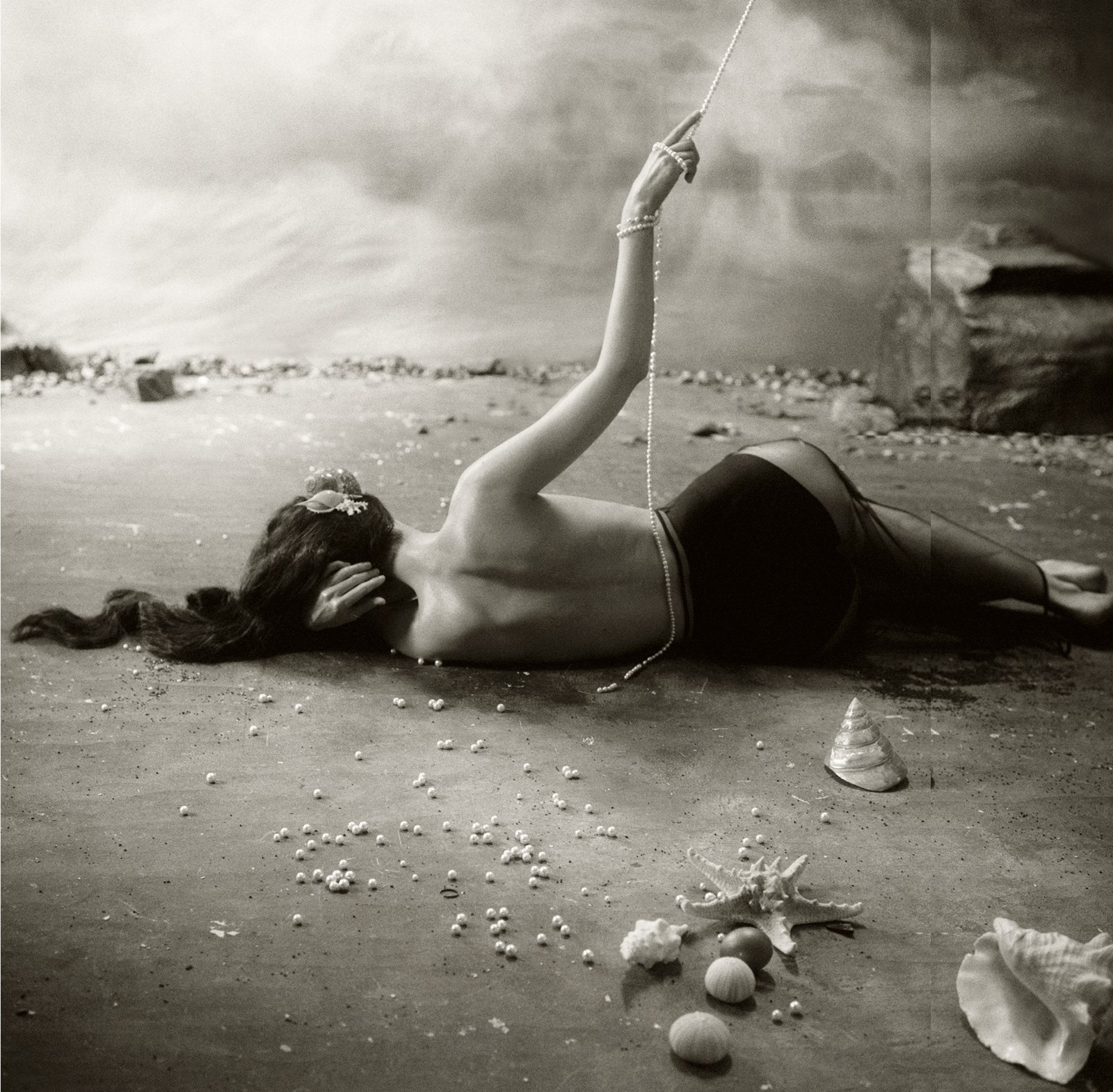
I do think there is some strategy, though. Mara is interested in a certain type of director: arty with an independent spirit. It’s what would have attracted her to the work of the late John Cassavetes and his partner, the actor Gena Rowlands. Mara’s already worked with some of the best: as well as the aforementioned Fincher and Soderbergh, there’s Jonze, Haynes, and Sheridan. She’s also made films, yet to be released in the UK, with Terrence Malick – king of US independent directors – and Gus Van Sant, who is definitely one of the princes.
Mara is generous about the directors she’s worked with. Of Todd Haynes, with whom she worked on Carol, she says: “Todd is such a beautiful human being. He’s so talented and understated in everything he does, and he loves women so much. I felt so comfortable around him; so safe in his hands. And you feel that in everything he does. He loves and admires and respects women so much that he can tell their stories.”
A director’s sensitivity towards women is no doubt a high priority for her. She often does sex scenes, Una being no exception. But they’re always highly “important to the plot and character”, she says, never with the slightest hint of a soft-porn approach.
“Sex in anything should be just like any other scene. I never do anything for the camera. It’s my job to pretend the camera’s not there. I’m never moving for the camera… I don’t want to be a sex symbol, but I also don’t want to be considered unsexy, if you know what I mean?”
“I want to find something new, something that hasn’t been explored before. It can be an archetype but shown in a different, more interesting way. Or if there’s something there that’s worth breaking apart or exploring, then that’s interesting to me. If the entire script feels formulaic then you know that the film will be like that. But if it’s a really interesting script and the character happens to be formulaic then maybe there’s a way of making them more interesting” – Rooney Mara
I do know what Mara means. She means that she isn’t interested in performing gratuitous, set-piece sex scenes, but that she is interested in portraying women who have sex. So what puts her off a script?
“I’m trying to think of things I’ve read recently that I was turned off by. I can’t think of anything specifically,” she says. “For me it’s so much more of a feeling than any sort of logical decision. I read a script recently that had really interesting, important subject matter, and there wasn’t anything wrong with the female character, but, it felt… I think it’s probably less to do with the character; if something feels formulaic to me I’m just not that interested.
“I want to find something new, something that hasn’t been explored before. It can be an archetype but shown in a different, more interesting way. Or if there’s something there that’s worth breaking apart or exploring, then that’s interesting to me. If the entire script feels formulaic then you know that the film will be like that. But if it’s a really interesting script and the character happens to be formulaic then maybe there’s a way of making them more interesting.”
I ask Mara one more question, about working with Terrence Malick, who is such a towering figure in cinema, and whose films are so demanding, uncompromising and lyrical.
“Working with Terry was the most unique experience I’ve ever had on a film. He’s the most original human I’ve ever encountered. He’s so interesting and smart and funny and sweet, but also totally in command. He’s really hard to describe because he’s so unlike anyone I’ve ever met. And making Song to Song was totally unique – there weren’t two days that were the same. Every day you had no idea what would happen. There was no script, but we had hundreds of script pages. We’d arrive and be told, ‘Okay, tomorrow we’re going to do these ten pages’ but you never did them. You’d drop lines from them. It was very strange and very, very, challenging.”
I realise that there’s one way in which Mara is like a well-played record, not a sensuous stylus. Her admiration for great directors is almost religious in its gratitude and respect. She loves the people she’s done good work with. She’s just a girl who wants to make terrific films and keep on making them. It’s that simple and straightforward. It’s never about her. Una is about Una. Mary Magdalene is about Mary Magdalene. Rooney Mara is about people. And that’s pretty fabulous.
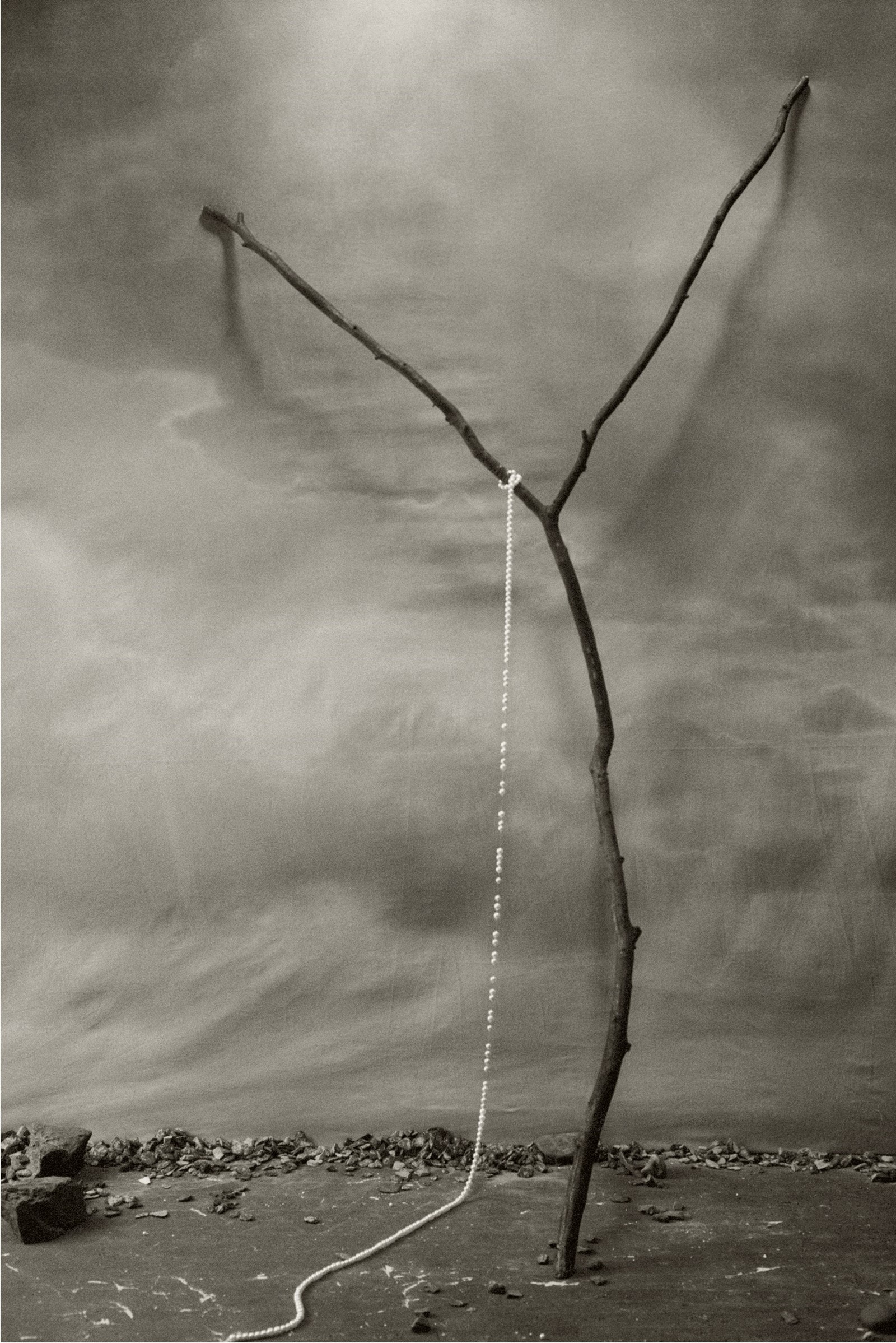
Hair Shon at Julian Watson Agency; Make-up Sam Bryant at Bryant Artists; Set design Emma Roach at Streeters; Lighting director Paul Burns; Photographic assistants Sarah Lloyd, Tony Ivanov; Styling assistants Rosie Arkell-Palmer, Jess Gerardi; Seamstress Gillian Ford; Hair assistant Ryan MacGregor; Make-up assistant Claudia Savage; Set build Simon D Jeans, Richard Douglas at Andy Knight; Set design assistants Staci Lee Hindley, Phillip Doucedame; Producer Jeff Delich; Production Manager Steph Broom; Printed by Graeme Bulcraig at Touch Digital.
This interview originally featured in the Autumn/Winter 2017 issue of AnOther Magazine which will be on sale internationally from September 14, 2017.
